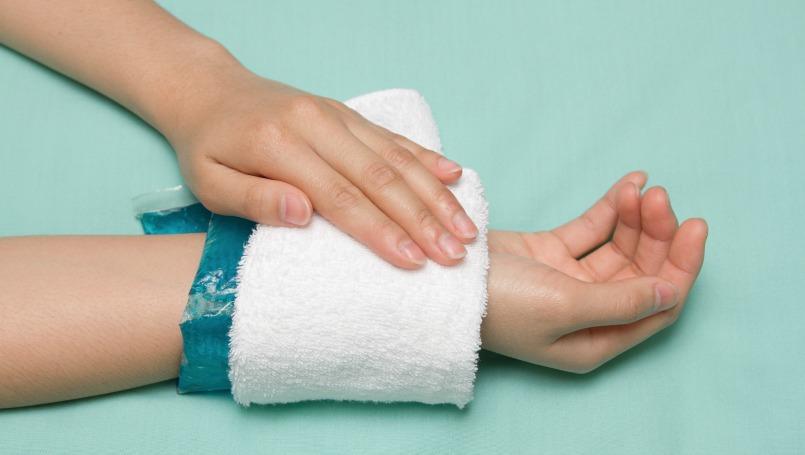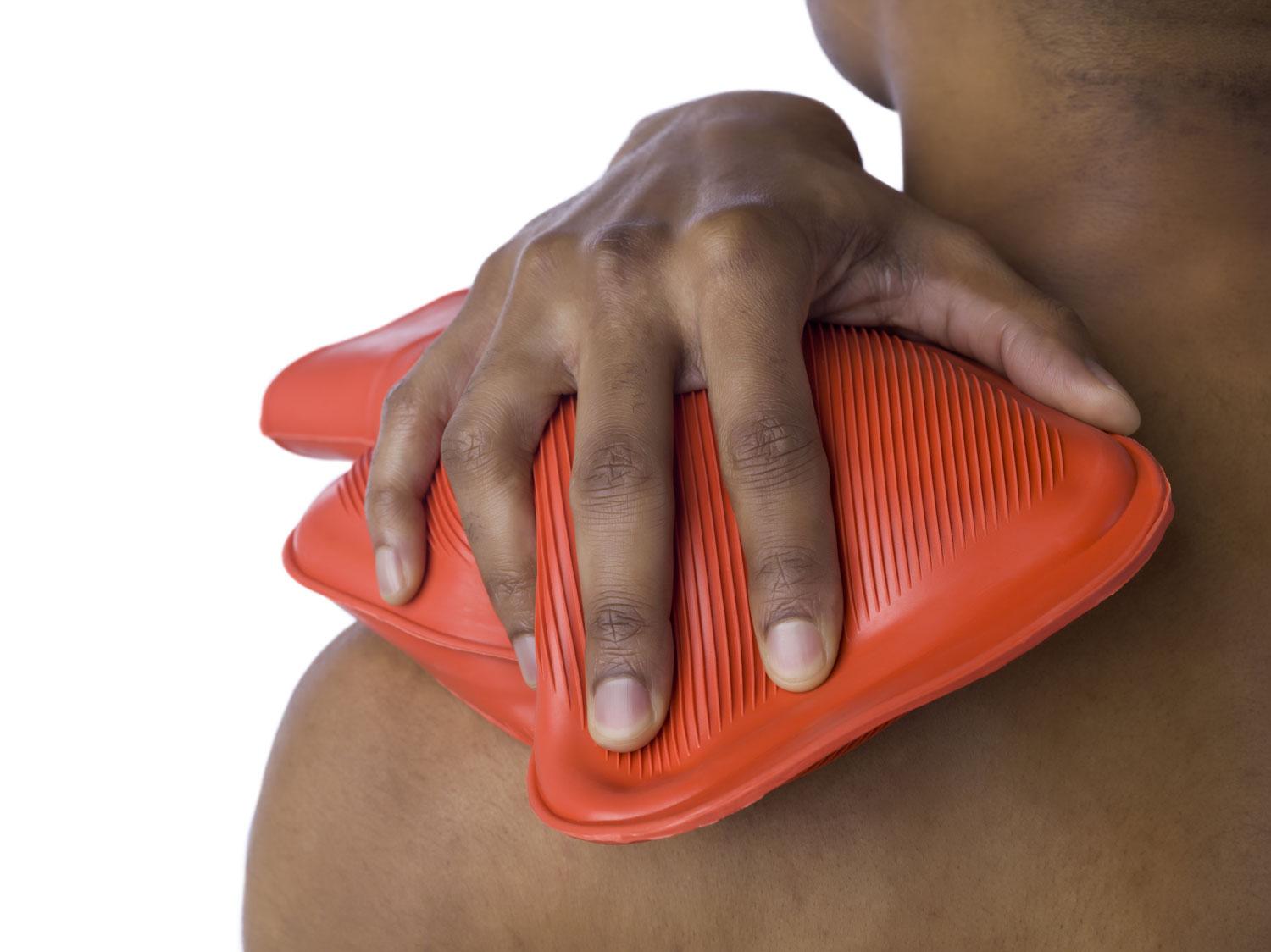Pains and injuries are a part of life. People face bruises, headaches, sprained muscles, and arthritis to name a few. Ice packs and heating packs are an easy at-home treatment option for non severe injuries and pain. But when you start feeling the pain, which should you reach for? Ice or heat?
Ice therapy
Also known as cryotherapy, ice should generally be used for acute pain or new injuries. This includes pain that comes from things such as sprains and bruises. Inflammation is the body’s natural response that immediately occurs after an injury. During this response, blood vessels dilate to allow increased blood flow, proteins, antibodies, fluids, and white blood cells to rush towards the damaged tissue. This increased flow is what causes the inflammation and swelling at the site of an injury.
Too much swelling may end up making the injury worse. It may slow down healing, and untreated inflammation may even cause more swelling. It is important to try and control the process through cold therapy.
Cold therapy works by constricting blood vessels in the area and reducing nerve activity. This helps to numb the pain, and reduces blood flow to the injury. The reduced blood flow will relieve inflammation, tenderness, and swelling.
How to apply ice therapy
Ice therapy can be accomplished with materials such as gel ice packs, bags of ice cubes, or bags of frozen vegetables. To use an ice pack, wrap it in a thin towel to prevent direct contact with the skin. It is important to not use the pack for more than 20 minutes. Prolonged contact may lead to nerve, tissue, and skin damage. Additionally, icing for too long may lead to vasodilation. This is the body’s natural response mechanism to increase blood flow to the area, which then defeats the purpose of the ice. You should let the injury rest without ice for at least 20 minutes before reapplying. This, on for 20 minutes, off for 20 minutes pattern can be repeated throughout the day as necessary.

Heat therapy
Also known as thermotherapy, heat is used to help loosen tissue and relax stiff muscles and joints. Unlike ice, heat should generally be used for chronic conditions such as neck and back pain or stress. It should never be immediately applied after an acute injury – that’s when ice is best. Using heat on an inflamed injury will just increase the blood flow, causing even more swelling and discomfort.
Heat works by widening the blood vessels at the site of injury, increasing circulation and allowing more blood to flow to the painful area. This increased blood flow can help alleviate stress, and heal damaged tissue.
How to apply heat therapy
Heat therapy can be accomplished with materials such as gel heating packs, hot water bottles, heating pads, and steamed towels. The heat source should be warm enough to transfer heat below the skin towards the painful area. However, it should not be hot enough to burn the skin, or be painful to the touch. Just like ice, you should let the injury rest without heat for at least 20 minutes before reapplying.
Precautions
- Heat should not be used for swelling. It is likely to make the inflammation worse.
- Ice should not be used for tightness and stiffness in the muscles and joints. It is likely to have the opposite effect and make the symptoms worse.
- Ice and heat are not potent. If problems persist, contact your physician for different treatment options.
- Do not use ice or heat over areas of skin with poor sensation to heat or cold.








